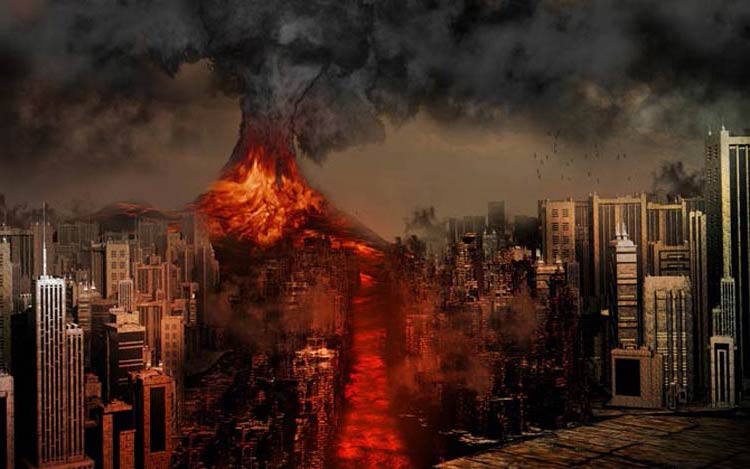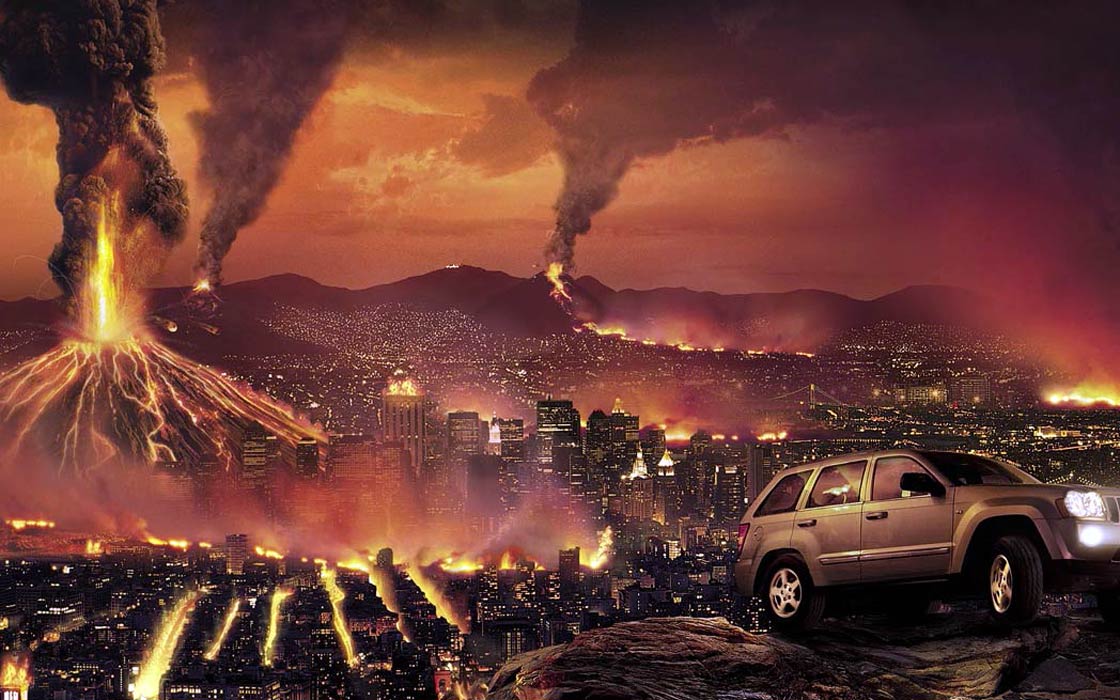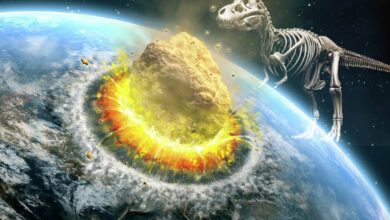Volcanoes: The Basics (Before We Get to the Lava)
We all know them, even if we don’t watch them regularly. Some seek thrills in them, while others deliberately choose only the most infamous, i.e., Z-class, productions. We’re talking about disaster movies, of course. Sometimes they contain a grain of scientific truth; other times, no one even tries to make the geological and meteorological aspects believable because that’s not the point of the film at all. Some find them laughable, while others throw their hands up in despair.
Regardless of one’s attitude towards this type of cinema, it remains an undisputed fact that disaster productions are a rich source of knowledge about how far one can go in presenting nonsense to people. This nonsense can be more satisfying and engaging for the viewer than the entire plot (usually based on a repetitive structure).
In this part we present volcanoes and related fundamental matters, without which one cannot move further into the realm of nonsense and fantasy. Please remember, however, that this article is not intended to ridicule any particular film, hence the lack of direct references. Avid fans of disaster productions will certainly find unforgettable flashes of scientific genius from films such as Dante’s Peak, Volcano, Pompeii, or 2012.
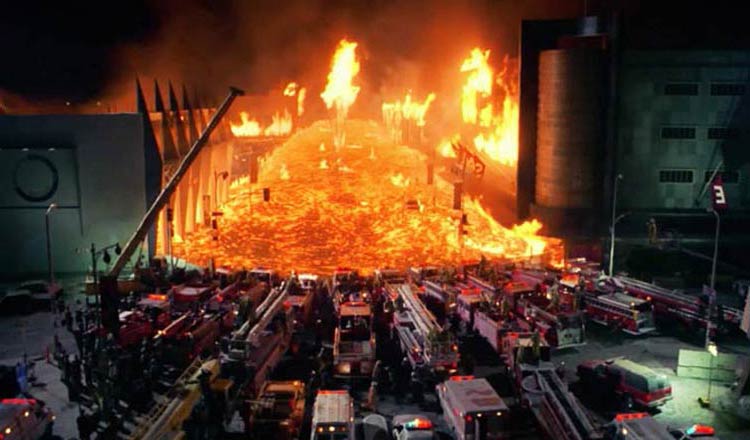
Stones Don’t Speak
This is a common and highly poetic trope: a brilliant scientist (usually just passing through a town they don’t know well) can tell at first glance that a disaster is about to strike (and, of course, they’re right, but they face a long and arduous journey to convince others).
When a scientist looks at a volcano and declares that things are going to get bad, it’s not the worst of it yet. For an experienced researcher, simply being in the presence of the fiery mountain can reveal a lot about previous eruptions, the rate of toxic gas emissions, or the temperature of nearby bodies of water.
However, extracting revealed truth from roadside stones is an entirely different matter. Yes, scientists in disaster movies can really do it! They don’t need any equipment, any apparatus, or any statistics for comparison. Heck, they don’t even dig into the earth – forget about stratigraphy, sediment analysis, or even taking samples. Such a researcher simply picks up the first random stone and immediately knows what to expect. The stone isn’t even usually of volcanic origin, but that doesn’t matter because the stone speaks.
The truth is, stones don’t speak. Without equipment, without more data, without conducting any research, and most importantly, without context, a stone doesn’t speak. And it certainly won’t tell us exactly when a volcano will erupt. Perhaps it doesn’t know itself, or perhaps it has no desire to reveal this secret to anyone.
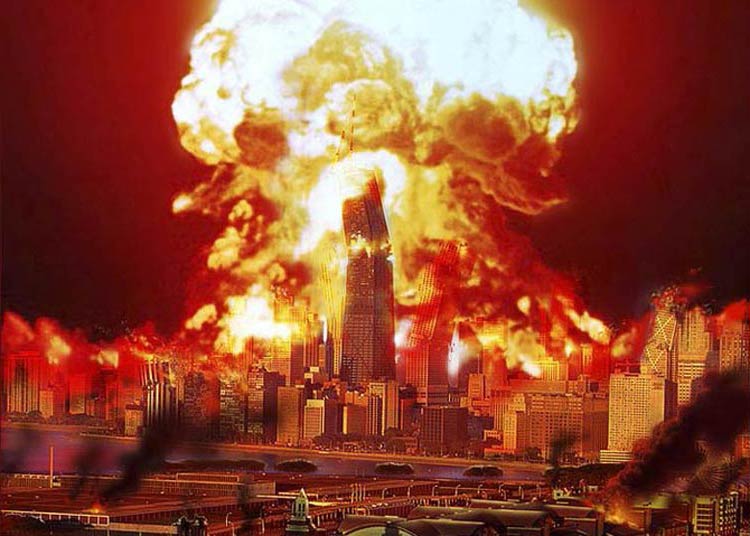
Volcanoes Are Like Cats: Many Species Exist
In disaster films, we typically only see one type of volcano: the stratovolcano. Why? Because it erupts spectacularly. Furthermore, it has the right look, which is crucial in cinematography. Just as there are big-screen stars, there are also stars among volcanoes: beauty, sex appeal, an unusual character, and unpredictability all count. Stratovolcanoes possess all these characteristics, making them the only acceptable type of volcano on Earth for the world of cinema.
Films sometimes allow for supervolcanoes (because they cause a big bang, usually initiating the Apocalypse), or occasionally mixed-type volcanoes, which are so unpredictable that they might suddenly grow in a city park or block a subway line. However, when it comes to eruption, all cinematic fiery mountains turn out to be explosive volcanoes.
Stratovolcanoes have another very strong point: they align with the stereotypical human imagination of volcanoes in general. Tall, perfectly conical, shrouded in clouds, with a snow cap, glaciers, and winding streams of solidified lava – simply magical. Such volcanoes truly exist and in large numbers, with most found in the Pacific Ring of Fire, but this doesn’t mean they are the only type on Earth. That would be like reducing all dinosaurs to just the Tyrannosaurus.

Volcanoes Come in Various Shapes
Volcanoes can be cone-shaped, but they can also resemble giant whales barely rising above the horizon. These are shield volcanoes: their lava flows briskly because it’s usually basaltic (low viscosity) and spreads over a vast area. Such volcanoes are giants, often in height as well, but this isn’t readily apparent because they are even wider and longer. An example is Mauna Loa in Hawaii.
It also happens that a volcano is tall but has no peak, forming a table mountain. How does this occur? It simply needs to form under ice, which makes it truly difficult to grow pointedly, as an icy ceiling surrounds the mountain from all sides. Such cases occur, for instance, in Iceland.
Finally, there are also volcanoes that don’t have a cone at all; they don’t erupt centrally from a specific magma chamber but rather fissure-wise. This is very uncinematic. Such volcanoes occur primarily in spreading zones, where lithospheric plates are pulling apart. A fissure forms, through which magma flows out, creating new crust.
Many of these volcanoes are underwater, and most filmmakers aren’t eager to show eruptions on the ocean floor. Under a city, in a subway tunnel – that’s a completely different story, but even then, a cone usually grows quickly. How would the audience react to seeing lava flowing from fissures? They’d feel cheated, because no “normal” volcano looks like that. Toxic gas, hot exhalations, or perhaps a geyser might force their way to the surface from fissures, but never lava.
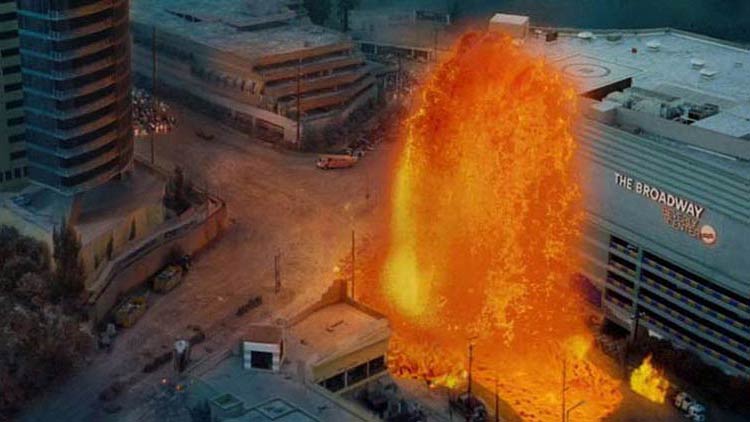
Lava
It’s also worth noting here that not every volcano spews lava. And certainly, not every volcano presents all attractions at once within a short runtime: lava, pyroclastic material, and huge mushroom-cloud-like ash clouds. Volcanic eruptions can last longer than a year, but how would that fit into a movie plot? Such knowledge becomes completely worthless.
Ash
Furthermore, there are ash volcanoes in the world that barely spew any lava at all. This was the case with a famous volcano in Iceland, which erupted in 2010 and ejected such massive amounts of ash into the atmosphere that it effectively paralyzed air traffic for many days. This volcano, Eyjafjallajökull, became a star exclusively on the small screen, but Iceland gained international fame in the process.
One Crater vs Many Craters
Filmmakers also don’t favor parasitic cones (dventive cone, satellite cone, satellitic cone or lateral cone). They prefer one large crater, resembling the gates of hell. Meanwhile, many volcanoes have several craters (like Mount Etna in Sicily), numerous parasitic cones, or lava domes – this is how Mount St. Helens exploded. This is a very spectacular type of eruption, often combined with a landslide or the detachment of a significant part of the volcano (not necessarily the summit). However, the central crater always wins in films, making it easier for scientists to study something, especially once they’ve finished talking to stones.
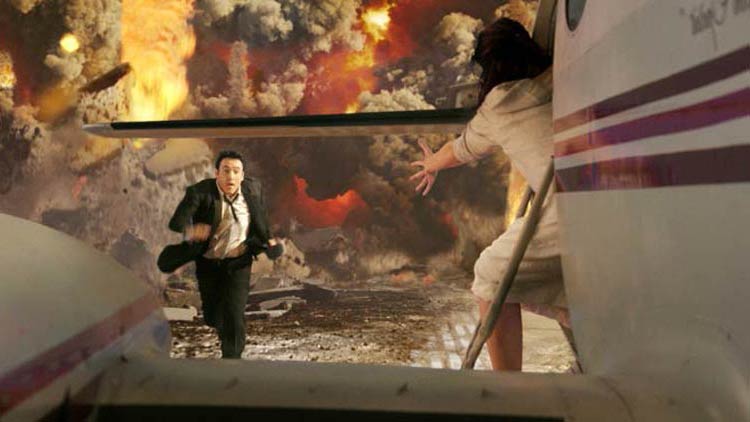
No Flying During the Apocalypse
Disaster films often follow a simple logic: if you can’t travel by land because of lava, volcanic bombs, earthquakes, and fissures (and sometimes the land is completely gone because the Yellowstone supervolcano just erupted and loosened the entire Earth’s crust as if it were pajama pants), then you have to go by air. It’s faster, allows for more maneuvers, and somehow feels less shaky. Well, it’s going to shake a lot when we collide with Mother Earth, and we’re definitely going to collide because flying in a volcanic “atmosphere” is a suicide mission. We might not even get off the ground.
Volcanic ash looks unassuming, but it’s deadly. The residents of Pompeii would certainly tell us that, if only Vesuvius had given them a chance to say anything. It was a thick layer of ash, which turned into a hard pumice crust, that buried the entire city and didn’t take much time to do so.
Now, imagine the residents of Pompeii or Herculaneum trying to board a small plane, or even more spectacularly, a jet, to choose a better place to live. Even with the most advanced technology, they would stand no chance. Ash clogs everything and is incredibly heavy: engines, wings, and the entire structure of any flying vehicle are defenseless. Besides, you need to know where you’re going, meaning you need to see. It’s like mixing fog with tar and trying to navigate.
Let’s revisit Iceland in 2010 and the Eyjafjallajökull volcano. This beautiful volcano paralyzed air traffic worldwide, not just around Iceland. We should remember this when we dream of becoming kings of the skies during a volcanic eruption that’s smoking, spewing ash, and ejecting pyroclastic material. And let’s think carefully. If you’re also planning to fly directly over the crater, you’d better measure the temperature first, assuming you have a thermometer that measures heat in hundreds, or preferably thousands, of degrees Celsius. And don’t stick it in the lava 🙂 Because lava… well, that’s for the next article!
